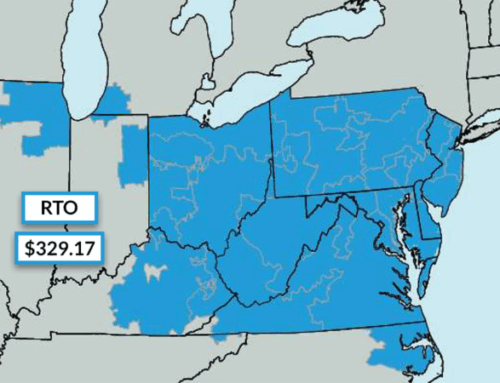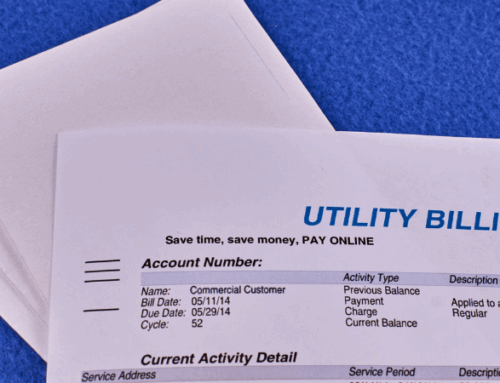Renewable energy certificates (RECs) are an essential component in the global energy transition and journey towards a more sustainable future. As more businesses and consumers aim to reduce their carbon footprint, understanding RECs becomes crucial when shopping for green energy or installing a solar system. This article will explore what RECs are, how they work, their uses, and their significance in the energy market. We will also delve into the differences between renewable energy compliance and voluntary markets, the legal basis of RECs, and how they compare to carbon offsets.
What Is A Renewable Energy Certificate?
A renewable energy certificate, or REC, represents the property rights to the attributes of 1 megawatt-hour (MWH) of renewable electricity generation. When one megawatt-hour (MWh), or 1,000 kilowatt-hours (kWh) of electricity, is produced from a renewable source, a REC is issued. These certificates provide a way to track and verify the amount of renewable energy produced, enabling consumers to support green energy initiatives.
Solar Renewable Energy Certificates (SRECs)
Solar renewable energy certificates (SRECs) are a specific type of REC that pertain to solar energy. These certificates are issued for each MWh of electricity generated exclusively by solar panels. Some U.S. states have solar carve-outs in their renewable portfolio standards (RPS), mandating a certain percentage of electricity must come from solar power. These energy policies make SRECs a valuable commodity that are often traded and sold for cash.
How Do RECs Work?
RECs work by providing a flexible system that separates the renewable attributes from the physical electricity produced. When renewable energy is generated, the producer can sell the electricity and the associated RECs separately. Buyers of RECs can claim the environmental benefits of renewable energy, even if the actual electricity they use comes from the grid. This system allows businesses and individuals to support renewable energy generation without necessarily consuming renewable electricity directly. This market structure offers a practical and flexible way to contribute to a sustainable future.
RECs are used by businesses and individuals to substantiate claims of renewable energy use and to offset carbon emissions. They also help utilities meet state-mandated renewable portfolio standards (RPS) requirements by proving that a certain amount of electricity they sell is generated from renewable sources. Since RECs are tradable commodities, this system encourages investment in renewable energy projects by providing an additional revenue stream for renewable energy producers.
The Different REC Markets In The U.S.
There is a big REC market in the U.S. (valued at more than $10 billion per year). This market has several different components. Let’s explore them in more detail below.
Compliance REC Markets
In compliance markets, utilities and other obligated entities purchase RECs to meet RPS requirements set by state laws. These standards mandate that a certain percentage of electricity sold by utilities comes from renewable sources. Compliance markets drive the demand for RECs, ensuring that utilities invest in renewable energy.
Voluntary REC Markets
Voluntary REC markets consist of businesses, organizations, and individuals who purchase RECs to support renewable energy and meet sustainability goals. Unlike compliance markets, there are no legal obligations in voluntary markets. However, the growing emphasis on corporate social responsibility and environmental stewardship has led to increased participation in these markets.
What Does A REC Include?
A REC includes various data attributes such as the renewable energy source, the location of the generation facility, the date of generation, and a unique identification number. This information ensures the traceability and authenticity of the renewable energy generation claim.
The Legal Basis
RECs are recognized as the legal instrument for tracking and claiming renewable energy generation in the U.S. They are supported by federal and state energy policy and regulations, regional transmission organizations, grid operators, and trade organizations. The legal framework ensures that RECs are not double-counted and that the environmental benefits they represent are valid and enforceable.
RECs vs. Carbon Offsets
While both RECs and carbon offsets represent environmental benefits, they are fundamentally different. RECs certify that a certain amount of renewable energy has been produced, while carbon offsets represent a reduction of greenhouse gas, or carbon emissions. Offsets can come from various outside projects, such as reforestation or methane capture, whereas RECs are specifically tied to renewable electricity generation.
Who Issues These Certificates?
RECs are issued by renewable energy generators when they produce and deliver renewable electricity to the grid or a utility company. Various organizations, including regional transmission organizations, regulated utility companies, and independent certification bodies verify and track these certificates.
How To Obtain Renewable Energy Credits
To obtain a REC, renewable energy generators must produce and deliver renewable power to the electric grid. The generation must be verified and certified by an authorized body to ensure the environmental attributes are accurately represented. Businesses and individuals can purchase RECs through brokers or directly from renewable energy producers. If a business installs a commercial solar system that generates electricity, then the local utility company, using a net metering system, will track and award SRECs to the business.
Buying & Selling RECs
RECs can be bought and sold in both compliance and voluntary markets. Utilities often purchase RECs from generators or solar producers to meet RPS requirements. Businesses and individuals buy them to support renewable energy and achieve sustainability goals. The price of RECs varies based on supply and demand, the type of renewable energy, and regional market conditions.
Pricing
REC prices fluctuate based on market dynamics, including the availability of renewable energy, regulatory requirements, and the level of demand in compliance and voluntary markets. For example, SRECs tend to be priced higher due to specific state mandates for solar energy. Pricing for RECs can be found in private contracts between counterparties and at marketplaces and brokerage firms facilitate the trading of RECs.
Energy Shopping
Understanding RECs is crucial when shopping for green energy. Purchasing RECs allows consumers to support renewable energy production and claim environmental benefits, even if their electricity comes from brown fossil fuel sources. For businesses, integrating RECs into their energy strategy can enhance their sustainability profile and meet corporate social responsibility goals. Many businesses elect to purchase a green energy plan from a retail electricity supplier. These plans are often comprised of brown power coupled with RECs.
Want To Learn More About RECs For Your Business?
Renewable energy certificates are critical to promoting renewable energy and supporting the transition to a sustainable energy future. By understanding how RECs work and their significance in compliance and voluntary markets, businesses and consumers can make informed decisions when shopping for green energy. Embracing RECs not only helps reduce carbon footprints but also drives investment in renewable energy projects.
To learn more about how RECs can fit into your energy strategy and support your sustainability goals, get in touch with us. Our team of energy experts have decades of experience in the REC markets. We are here to guide you through the process and help you make the most of your renewable energy investments.



